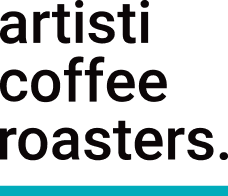The main difference between double boiler and single boiler coffee machines lies in how they heat and manage water for brewing and steaming milk:
- Single Boiler Coffee Machine:
- Single boiler machines have one boiler that heats water for both brewing coffee and steaming milk.
- When you switch between brewing and steaming, the machine needs to adjust the temperature of the boiler accordingly, which can take some time.
- This type of machine is generally more affordable and compact compared to double boiler machines.
- While they can produce good espresso and steamed milk, there may be a slight delay in transitioning between brewing and steaming due to temperature adjustments
2. Double Boiler Coffee Machine:
- Double boiler machines have two separate boilers: one for brewing coffee and another for steaming milk.
- Having two boilers allows for simultaneous brewing and steaming without any temperature adjustment delays.
- This results in faster and more efficient operation, especially useful for making multiple drinks back-to-back.
- Double boiler machines typically offer more precise temperature control, which can result in better espresso extraction and milk texturing.
- They tend to be larger, more expensive, and may require more maintenance due to the complexity of having two boilers.
Which One is Better?
The choice between a double boiler and single boiler coffee machine depends on your preferences, budget, and usage:
- Single Boiler Machines: These are suitable for casual coffee drinkers who don't mind a short delay when switching between brewing and steaming. They're also a good choice for those with limited space or a tighter budget.
- Double Boiler Machines: These are ideal for coffee enthusiasts who prioritize speed, consistency, and precision in their espresso and milk-based drinks. If you frequently make multiple drinks in a row or demand the highest quality espresso and milk texturing, a double boiler machine may be worth the investment.
Ultimately, both types of machines can produce excellent coffee, but the double boiler design offers enhanced performance and convenience, especially for more demanding users. If you value speed and efficiency in making coffee drinks and are willing to invest in a higher-end machine, a double boiler coffee machine may be the better choice for you.





































